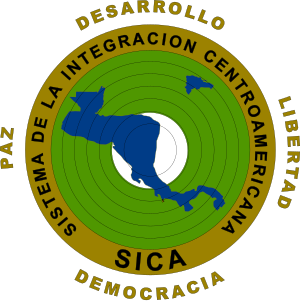
Intercollegiate Cooperation Strengthens American Higher Education
Because many American schools share common religious beliefs and traditions, they often form alliances. They are as close as brothers and each has its own merits. When it comes to cooperation between campuses, the Five College Consortium in Massachusetts, the Three College Consortium in California, and the Tri-College Consortium in Pennsylvania are representative examples. This author’s alma mater, Bryn Mawr College, is one of the schools in Pennsylvania’s Tri-College Consortium. The other two colleges are Swarthmore and Haverford. Students can select courses at will from any of these three schools and can even choose a major offered at one of the other schools. In addition to attending classes, students can also share each other’s dining halls and library systems.
In addition to the necessity of shared hardware between allied schools, compatible software is the real key to creating a compatible intercollegiate alliance. Because schools have a limited supply of qualified teachers, they cannot simultaneously offer the courses required for every major. As an example of two schools with very close relations, Haverford and Bryn Mawr carefully designed a plan whereby each school would offer courses that the other did not. For example, in the same semester, Bryn Mawr might offer a microeconomics course while Haverford would offer a macroeconomics course. In order to make interaction between students at the two schools more convenient, the schools staggered the start and end times of classes by 10 minutes, and also ran a bus service that ran between the two schools every 15 minutes.
In addition to the marriage of two liberal arts colleges, there is also cooperation between liberal arts colleges and large comprehensive universities. Columbia University and Barnard College are an example of this sort of relationship. Although their finances and student bodies are independent, when Barnard awards degrees, they are issued under the name of Columbia University. Students at Barnard can enjoy the academic resources of Columbia and draw on the large university’s superiority in specialized fields; the college allows students with an interest in engineering to continue their studies at Columbia after studying at a liberal arts college. This sort of phenomenon is very common in American intercollegiate alliances. Students at liberal arts colleges can cool off in the shade of a large university; through this sort of informal cooperation, they are able to make up for the limited educational resources of a liberal arts school.
Furthermore, in following with the “education without borders” principle, 30 percent of American college students are able to select an exchange program during their third year and study abroad for a semester or more. Many American colleges have begun to open centers abroad. More and more American schools are establishing alliances with other higher education establishments around the world or participating in international collegiate alliances in order to provide their students with more opportunities to study abroad.
International exchange programs became prevalent after World War II, when Europe was faced with recovering a social order, reviving the economy and reconstructing relationships between nations. Thus sending students to study and live in other countries became one of the best methods to achieve interaction and communication. Not only were students able to study the local language and culture, but also more importantly they were able to gain independence, maturity and the special global perspective necessary to become leaders.
America has 78 schools with educational establishments abroad — more than any other country in the world. But China is home to more of these international alliance educational establishments than any country save for the United Arab Emirates — China ranks second.
The author is a columnist for MyCOS

